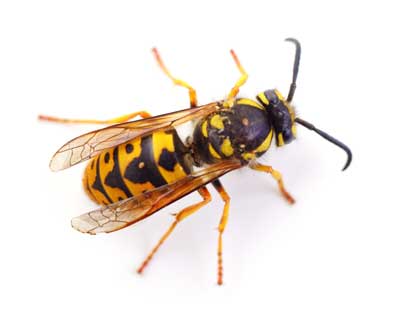Where to Find Wasp Nests
Wasps often choose hard-to-reach or hidden places to build their nests, many of which can go unnoticed for weeks. Knowing where to look can help you prevent infestations before they become a serious hazard. Whether it’s a wasp nest under your decking, inside the wall cavity, or around the roof tiles, it’s important to understand the signs early. This guide highlights the most common nesting spots and what you should do if you discover one on your property.
Real Wasp Nest Footage from Irish Properties
Wasp Nest Inside Outdoor Bin Lid
Wasp Activity Around Soffit Vents
Hidden Wasp Nest Behind the Window Frame
Where Wasps Commonly Build Nests
Wasps often build nests in hard-to-spot areas around your home or garden. Knowing where to look can help you catch them early and avoid stings. If you notice unusual wasp activity in these spots, don’t investigate alone. Our team can safely inspect and remove the nest.
Indoor Wasp Nest
Detecting indoor wasp nests early can be difficult. If you’re hearing buzzing behind walls, spotting wasps near air vents, or noticing them in upstairs rooms, there may be a hidden nest in your home. These areas require extra caution; never attempt to open a wall, attic, or ceiling void without protective gear or professional help.
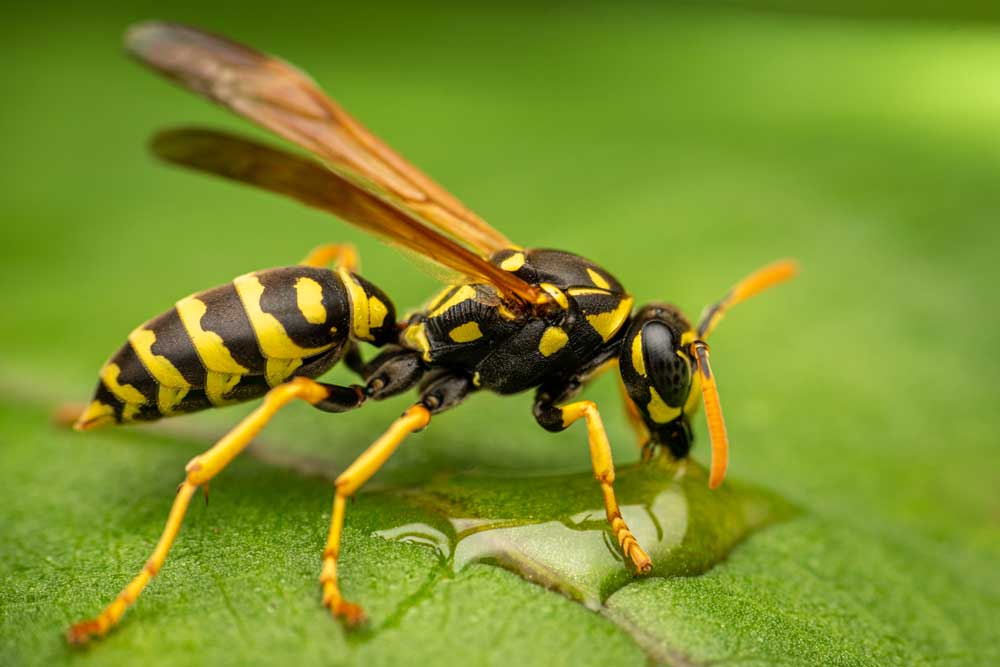
Strange buzzing or airflow issues? Wasps love building inside vents, hidden, warm, and protected. Learn how to spot the signs early and safely get rid of them.
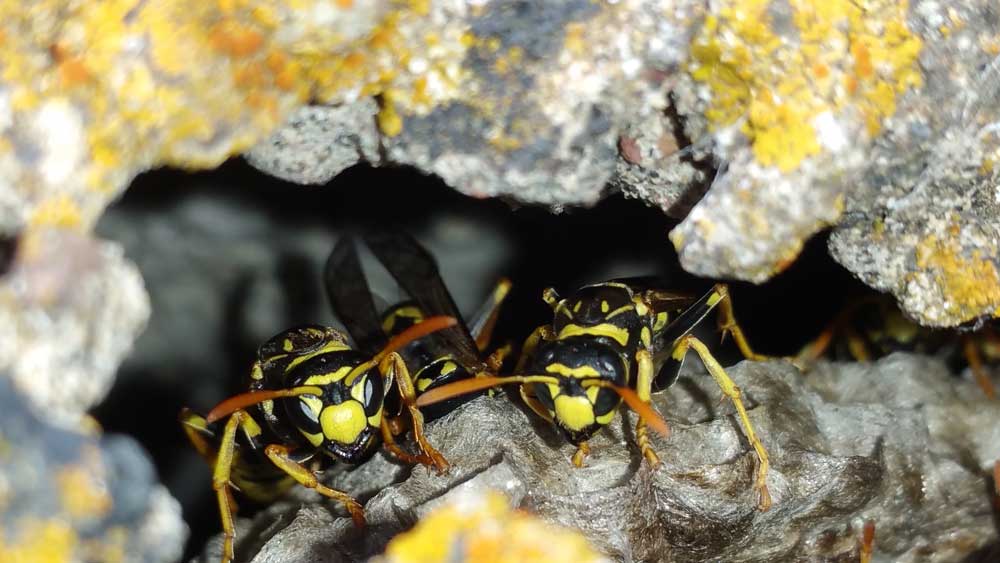
Wasp Nest in Chimney
Chimneys are prime real estate for wasps, dark, quiet, and easy to access. Don’t wait for them to come inside. Here’s what to do if they’ve taken over your flue.

Hear buzzing overhead or spotting wasps near the ceiling? Your attic could be their next base. Discover why they move in and how to deal with it fast.
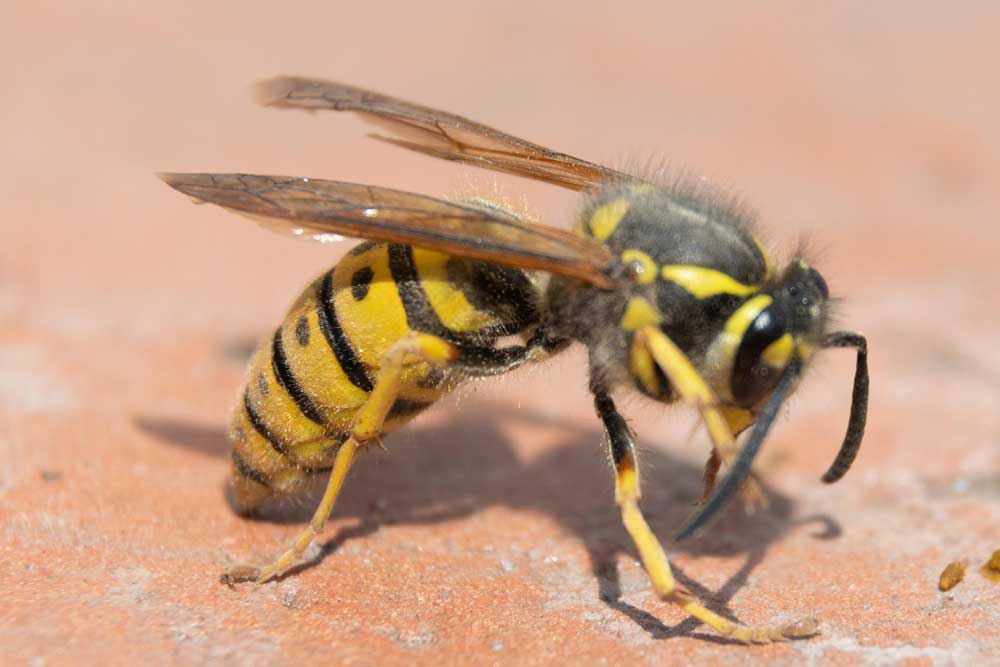
Wasp Nest in Roof Tiles
Wasps slipping under loose tiles could be more than just passing by. Discover how to detect hidden nests in your roof and what to do next.
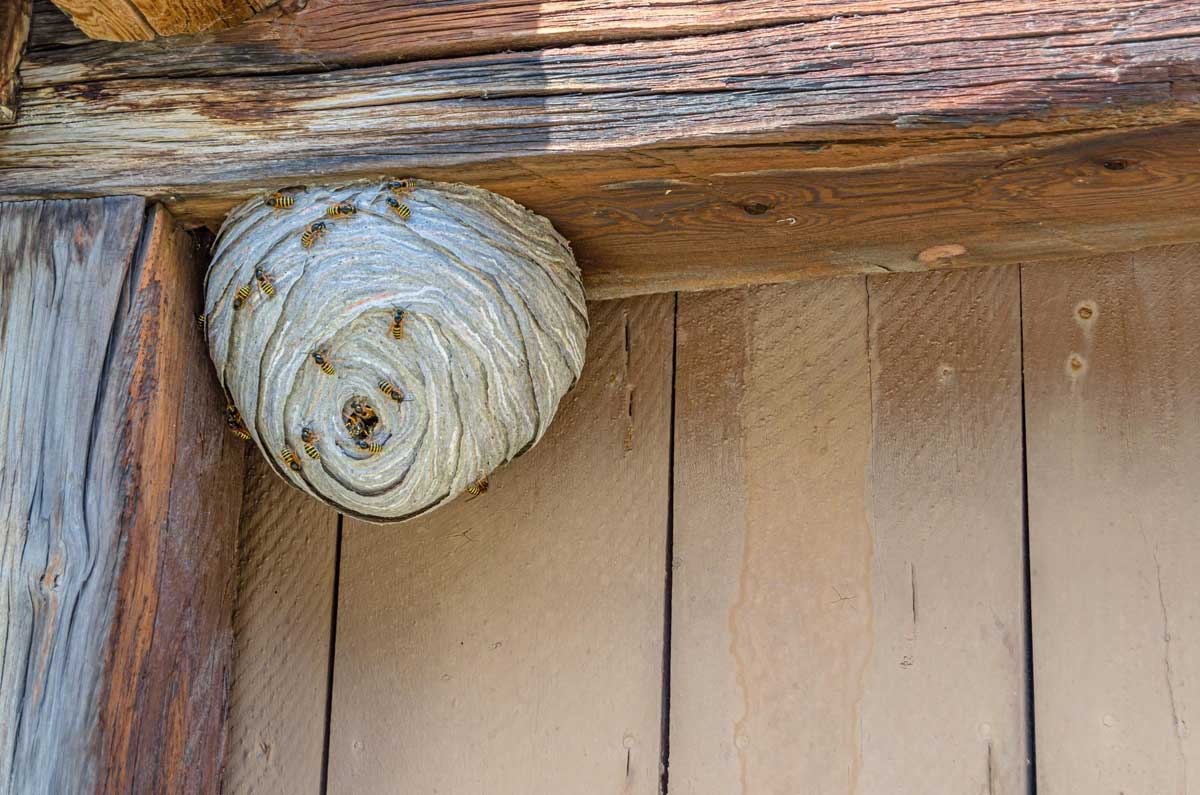
Seeing wasps indoors with no nest in sight? They might be inside your walls. Find out how wall nests form, the risks they pose, and the safest way to remove them.
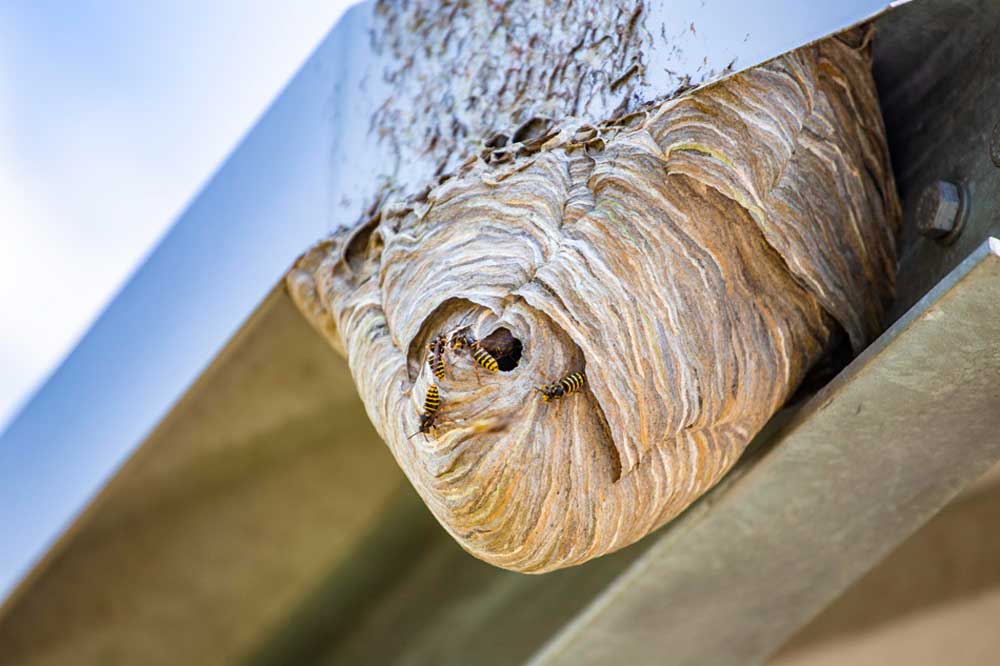
Noticed wasps flying under your roofline? They could be nesting in the soffit. Learn how to check safely and stop them before they grow into a full infestation.
Outdoor Wasp Nest
Outdoor nests are often easier to spot but can still pose serious risks, especially near walkways, decks, or seating areas. Wasps become aggressive when disturbed, and outdoor nests are often close to human activity without being immediately visible.
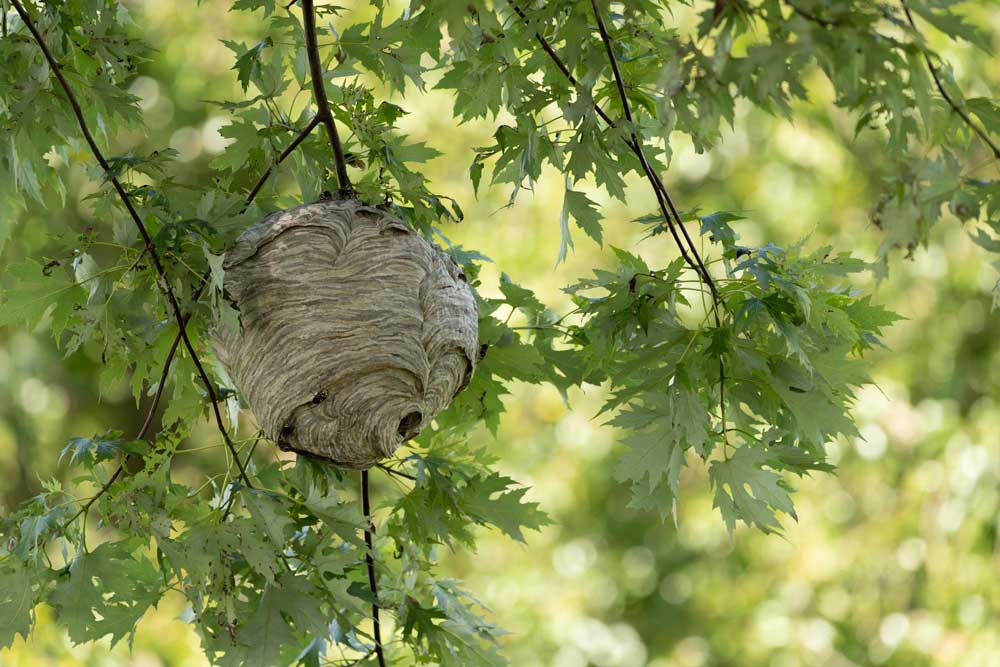
Noticed a hanging nest in your tree? Wasps love building in branches, and getting too close can end in stings. Learn how to remove tree nests safely without risking your peace or property.
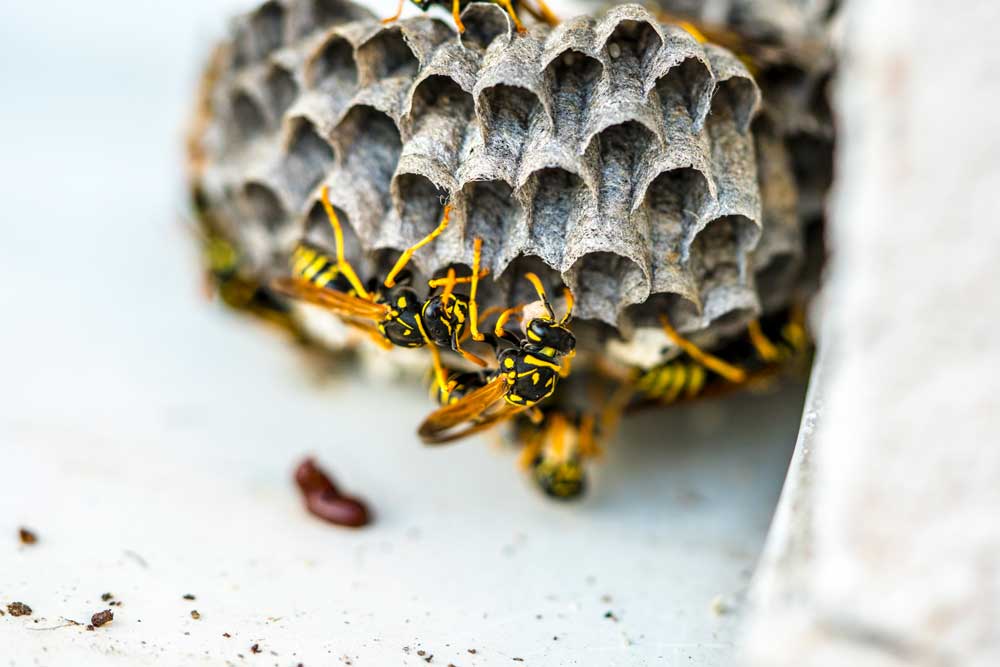
Wasp Nest in Window
Seeing wasps near your windowsill? It could be more than a few curious scouts. Find out what to look for and how to deal with a window-frame nest before it becomes a major headache.

Wasp Nest in Garden
Your garden should be a safe place to relax, not a hotspot for wasps. Discover how to spot early signs of a nest, keep your family safe, and know when it’s time to call in the experts.
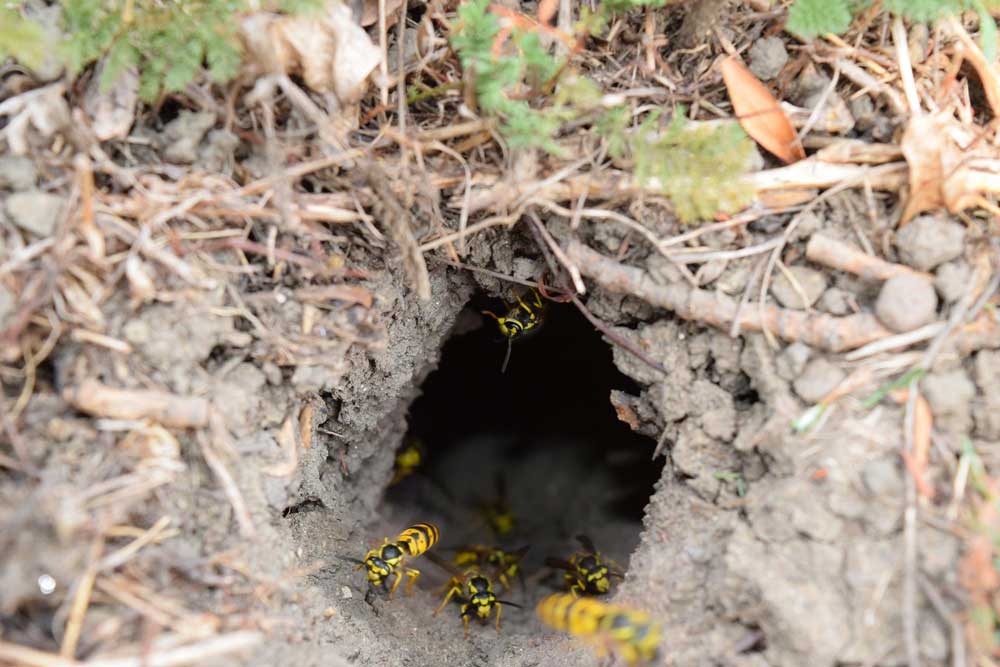
Wasps nesting underground can catch you off guard, especially in lawns or near footpaths. Learn how to safely deal with ground nests and avoid painful encounters around your home or garden.
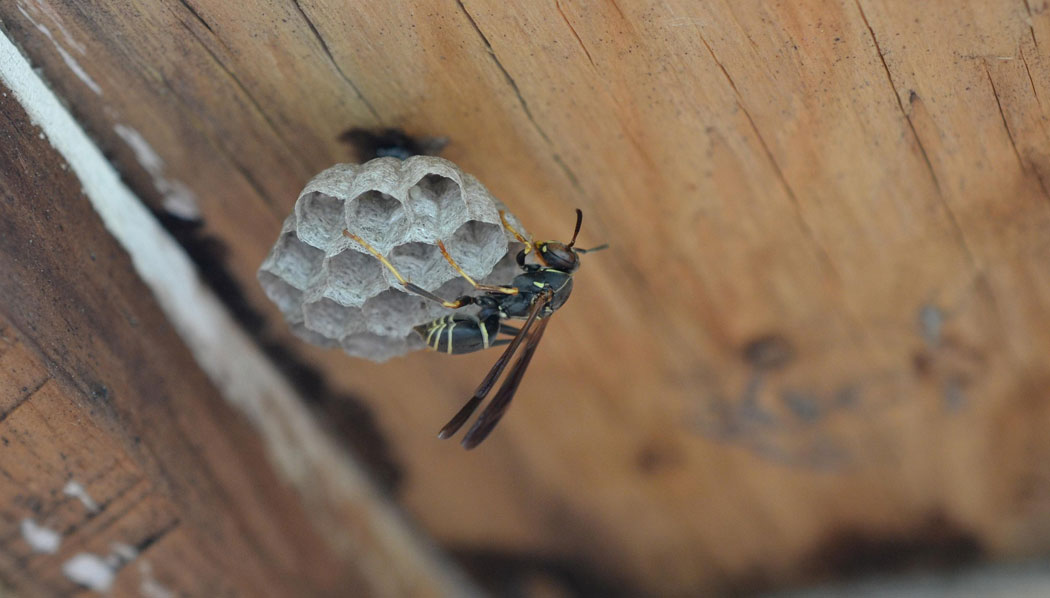
Wasp Nest Under Deck
Decks provide perfect shelter for wasps and a nasty surprise for anyone walking above. Learn how to check underneath safely and get rid of nests without disturbing your daily routine.
TIP: If you’ve seen wasps flying in and out of the same spot for several days, like a wall gap, vent, or under a deck, it’s likely they’ve started building a nest. Don’t disturb it. Get expert help for safe wasp nest removal.
Need a Wasp Nest Removed?
If you’ve noticed wasps coming and going from your attic, soffit, bin, or garden wall, it’s likely there’s a nest nearby. Trying to treat it yourself can lead to stings, property damage, or a nest that just moves deeper out of reach.
Call 087 254 2839 to book a wasp nest removal with a trained expert. We respond quickly, work safely, and make sure the nest is fully dealt with the first time.
